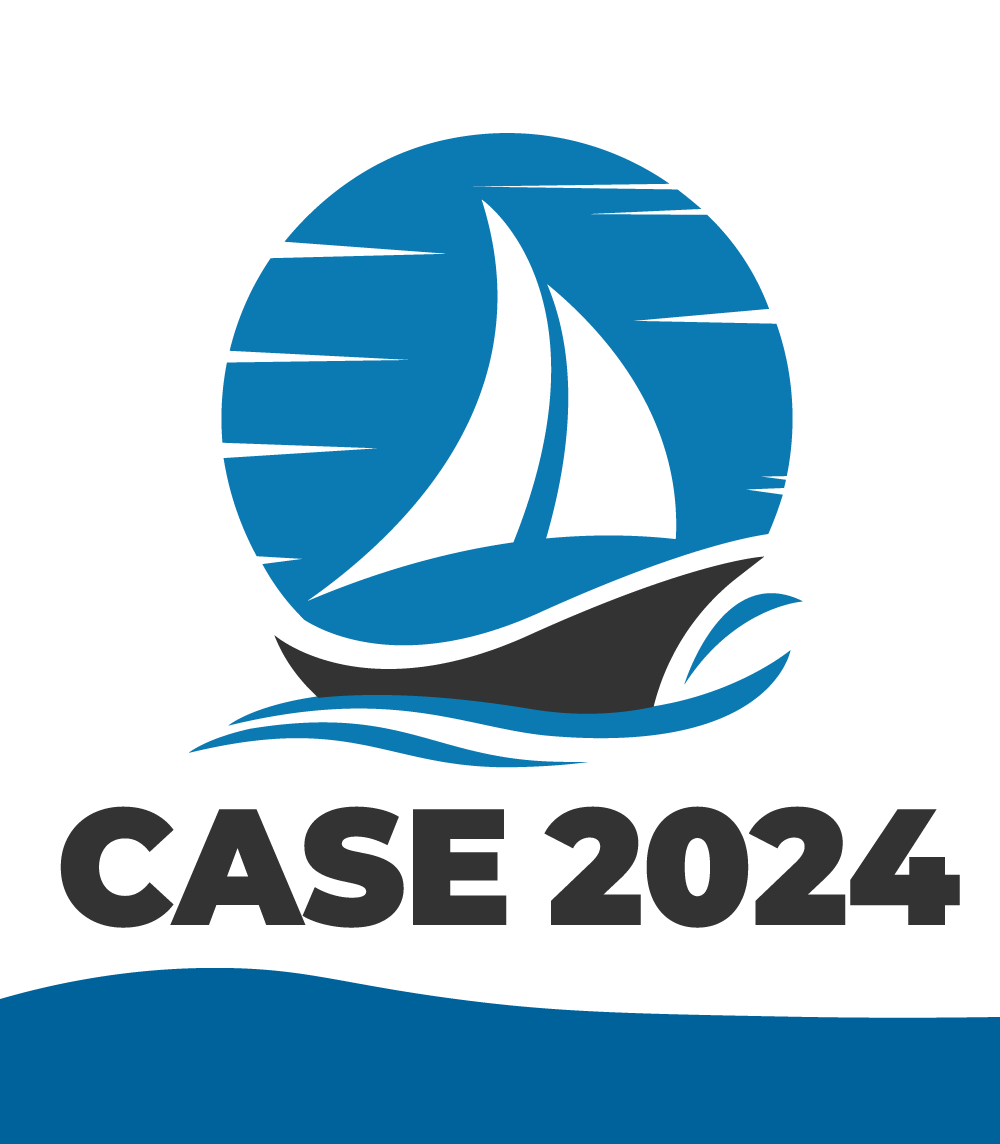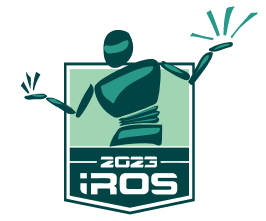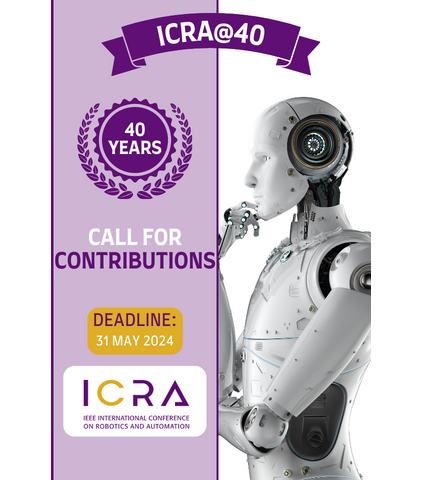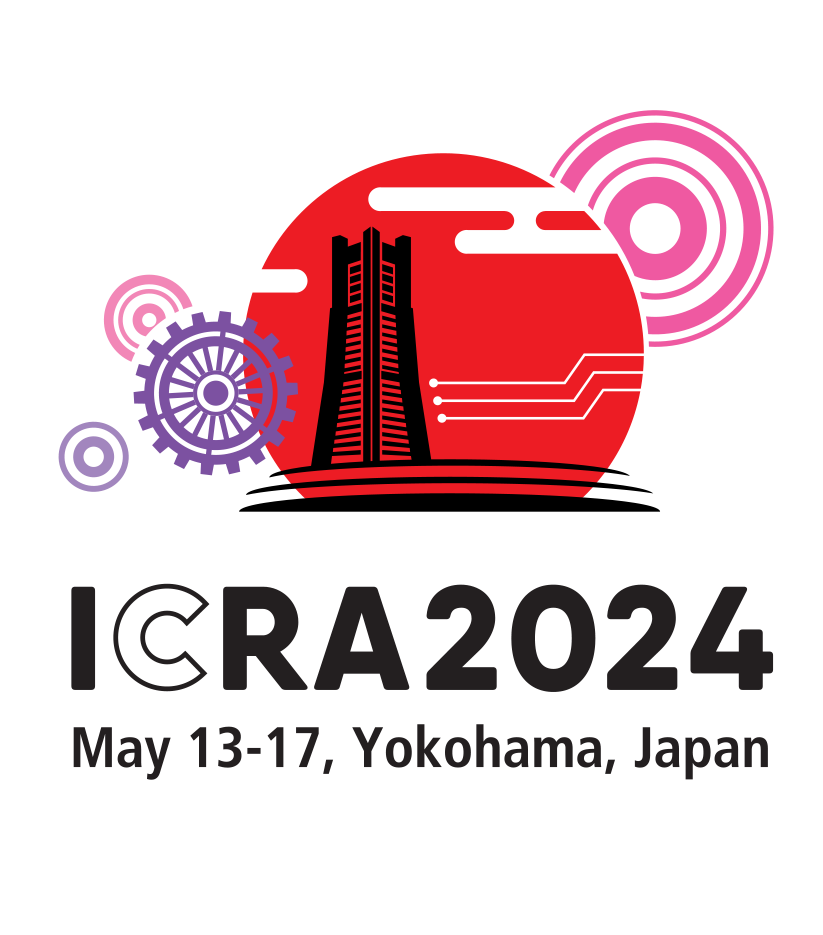CFP: Shared Autonomy for Physical Human-Robot Interaction
Motivation
In the field of human-robot interaction, robot autonomy and intuitiveness are usually conflictual design requirements. The amount of physical and cognitive effort requested to the user in executing a task is determined by the robot autonomy level. To enable the operator to physically interact with robots in an intuitive and unobtrusive way, the robot may need to adapt its autonomy level seamlessly while performing a complex task.
Nowadays, research on shared autonomy systems is playing a relevant role in a wide spectrum of robotic applications ranging from surgical to industrial robotics. Recently, the availability of datasets and the advancement of machine learning techniques have enabled enhanced flexibility of shared autonomy systems that are now capable of providing contextual or personalized assistance and seamless adaption of the autonomy level. However, this desirable trend raises new challenges for safety and stability certification of shared autonomy robotic systems, thus requiring new advanced control methods to implement the continuously evolving division of roles.
The aim of this special issue is to collect the latest results on shared autonomy and its applications to physical human-robot interaction. Particular interest is devoted to approaches that combine learning and control into unified frameworks in different domains.
This special issue has the IROS conference option. Thus, all papers submitted are also considered for the IROS conference. Authors submitting to the special issue make the commitment to attend the conference if the paper is accepted to IROS, regardless of the RA-L decision.
List of topics
Topics of interest for this special issue include and are not limited to:
- Shared autonomy and supervisory control architectures
- Human-robot (physical) interaction and collaboration
- Modeling, learning and control human-robot interaction
- Collaborative and assistive robotics
- Telerobotics control and haptic feedback interfaces
- Co-adaptation between human and robot
- Intention recognition, skill level/gap evaluation and role allocation
- Learning from demonstration
- Human-aware motion planning
- Applications of shared autonomy in hazardous, surgical environments
Timeline
The special issue will follow the following timeline:
|
11 January 2021 |
Call for Papers |
|
09 February 2021 |
Papercept open for submission |
|
24 February 2021 |
Submission deadline |
|
21 May 2021 |
Authors receive RA-L reviews and recommendation |
|
04 June 2021 |
Authors of accepted MS submit final RA-L version |
|
20 June 2021 |
Authors of R&R MS resubmit revised MS |
|
25 July 2021 |
Authors receive final RA-L decision |
|
08 August 2021 |
Authors submit final RA-L files |
|
13 August 2021 |
Camera ready version appears in RA-L on Xplore |
|
23 August 2021 |
Final Publication |
Supervising RA-L Senior Editor
 |
Name: Jee-Hwan Ryu Affiliation: Korea Advanced Institute of Science and Technology (KAIST), Daejeon, South Korea e-mail: jhryu@kaist.ac.kr |
Guest Editors
 |
Name: Mario Selvaggio Affiliation: Università di Napoli Federico II, Italy e-mail: mario.selvaggio@unina.it |
 |
Name: Marco Cognetti Affiliation: Maynooth University, Ireland e-mail: marco.cognetti@mu.ie |
 |
Name: Stefanos Nikolaidis Affiliation: University of Southern California, CA, US e-mail: nikolaid@usc.edu |
 |
Name: Serena Ivaldi Affiliation: INRIA Nancy Grand-Est and LORIA, France e-mail: serena.ivaldi@inria.fr |
 |
Name: Bruno Siciliano Affiliation: Università di Napoli Federico II, Italy e-mail: bruno.siciliano@unina.it |







